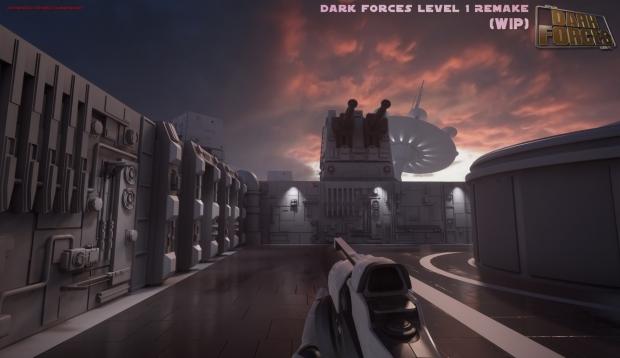

Connect your Oculus Quest to your computer using a USB3 type C cable.Do all the available updates for the Oculus app.
HOW TO GET UNREAL ENGINE 4 INSTALL
Install the Oculus application on your computer.The Oculus support team made a nice guide about this step. Set up your Oculus Quest device for development (Oculus Link) And of course, the first step is to configure a fresh UE4 environment able to compile for this particular device.
HOW TO GET UNREAL ENGINE 4 FULL
That’s why we bought Oculus Quest devices to migrate the first version of the FAT into a full VR environment. We really loved this new approach of gameplay, and we wanted to continue on this way. We already made some tests and tryouts with VR devices (Oculus Rift) on the previous version of the First Aid Training. We are really proud of this and it convinces us about the potential of such a tool in first aid training classes. R.MipMapLODBias = log 2(r.ScreenPercentage/100)įor the recommended values of r.As you certainly know (FB or TW pages), we won an Epic MegaGrant for our First Aid Training project. In the range, we recommend the following formula: For upscaling with values of r.ScreenPercentage , which is also represented as r.ScreenPercentage The desired mip bias varies with the ratio of (rendered resolution) : (displayed resolution) This can be easily done in Unreal Engine 4 by CVar, using r.MipMapLODBias When FSR is the Primary Upscaler, the developer should consider specifying a custom mip bias. In the case of the Unreal Engine 4 default TAAU implementation, all mip bias selection is handled automatically.

When Hybrid Upscaling is in use, mip biasing guidelines for the Temporal Upscaler should be followed in lieu of these instructions. In these situations, specifying a negative mip bias can improve the quality of final renders. When combined with mipmap optimizations, this can limit the fidelity of texture samples relative to the displayed resolution. With upscaling enabled, rendered resolutions are frequently much lower than displayed resolutions. In Hybrid Upscaling mode, upscaling intensity can be tuned to meet project requirements using the CVar r.SecondaryScreenPercentage.GameViewport However, FSR can still be used as a Secondary Upscaler to meet project-specific needs!Īre both requested, this Hybrid Upscaling mode is selected automatically. Will apply to the Primary Upscaler and will have no effect on FSR. Under these conditions, r.ScreenPercentage , either the default Unreal Engine 4 Temporal Anti-Aliasing with Upsampling (TAAU) algorithm or a replacement Temporal Upscaling algorithm installed via plugins will always serve as the Primary Upscaler regardless of any further FSR settings. If Temporal Upscaling is requested via the CVar r.TemporalAA.Upsampling This will prevent over-sharpening your final renders and improve integration results. If your project has already integrated FidelityFX-CAS, be sure to completely disable FidelityFX CAS – including any in-game menu options – while FidelityFX Super Resolution 1.0 is enabled. Project configuration FidelityFX Contrast Adaptive Sharpening (CAS)įidelityFX Super Resolution 1.0 contains a built-in sharpening pass called RCAS that can be configured through the CVar r.Īnd is enabled by default. If enabled, runs FSR and post-FFX ChromaticAberration passes in VS-PS pilelines instead of CS. R.īe careful! This feature is Experimental and may produce undesirable results in some situations! Applies ChromaticAberration effects later in the post-processing chain, to avoid conflicts with FidelityFX Super Resolution. HDR-Only Dither amount to apply for PQ->Gamma2 conversion, reducing color banding when the output device is ST2084/PQ.Īpplies UE4 FilmGrain effects later in the post-processing chain, to avoid conflicts with FidelityFX Super Resolution. Consider enabling for grainy inputs, such as when dithering or film grain effects are applied prior to FSR. Sharpens images after upscaling is complete. Robust Contrast Adaptive Sharpening Filter. If this is resolved in the future, then you may want to use this CVar to re-enable the use of the 16-bit version of FSR on those GPUs. Our testing revealed that certain models of NVIDIA GPUs may not produce correct results when running DirectX 11 in conjunction with the FP16 variant of the FSR shaders. Enables half-precision floating point arithmetic, improving performance without visible artifacts.


 0 kommentar(er)
0 kommentar(er)
